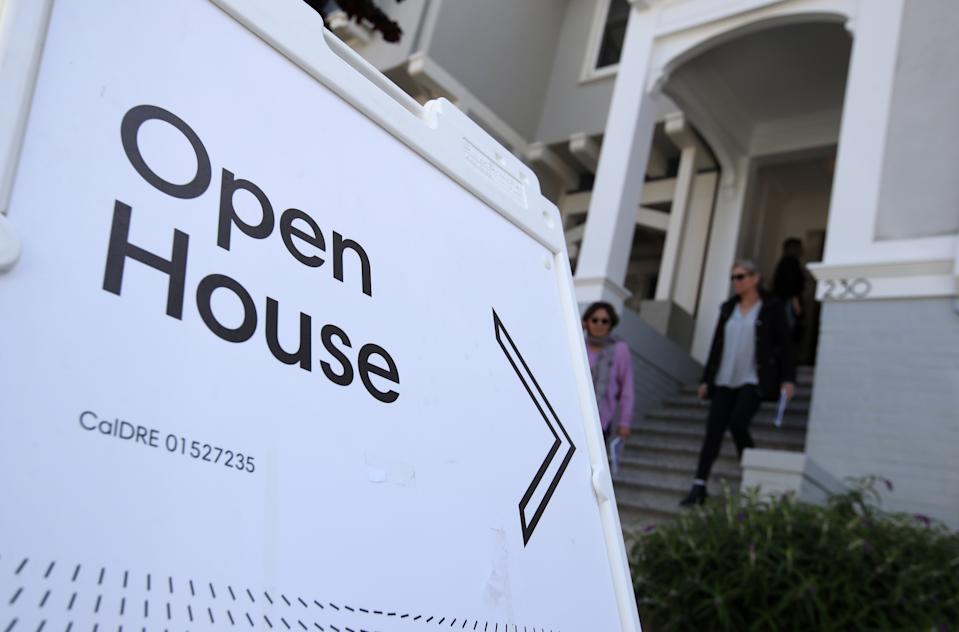Mortgage refinances hit 11-year high as coronavirus fears send rates tumbling
This article has been updated with new insight from economists.
Homeowners are capitalizing on historically low mortgage rates in droves.
The number of refinance applications spiked 79% in the first week of March to the highest level since April 2009, according to the Mortgage Bankers Association. The jump was also the largest week-over-week increase since November 2008.
The volume was nearly six times higher versus the same week a year ago, and the strong activity in the last weeks prompted the MBA to revise their 2020 estimates for total refinances 37% higher.
“This is a once-in-a-lifetime opportunity,” said Kevin Leibowitz, CEO at Grayton Mortgage Inc. “The big lenders already seem to have reached capacity.”

‘Market uncertainty’ opens opportunity
The surge comes as traders scramble to make sense of the ramifications from the spreading coronavirus, or COVID-19.
The Standard & Poor’s 500 index is down about 15% since its most recent high, while oil dropped 22% after a coronavirus-related price war ignited between Russia and Saudi Arabia.
Read more: Refinancing mortgages: The full breakdown
Investors have poured money into the less risky 10-year Treasury, causing its yield — which the 30-year mortgage rate tracks — to fall below 1% to its lowest level on record. Similarly, the rate on the 30-year mortgage fell to 3.29% last week, according to Freddie Mac, its lowest point in its 50-year record.
“Market uncertainty around the coronavirus led to a considerable drop in U.S. Treasury rates last week,” said Joel Kan, MBA’s associate vice president of economic and industry forecasting, in a press statement. “Homeowners rushed in.”
‘Rates will not be at same magnitude as treasury yield’

Rates are likely to remain low but not as steep as the drops in the 10-year Treasury, according to experts.
“The popular 30 year, fixed-rate mortgage is loosely benchmarked to the 10-year Treasury bond,” said Odeta Kushi, deputy chief economist at First American Financial Corp, a title insurance provider. “I think we can reasonably assume the drop in mortgage rates will not be by the same magnitude as the Treasury yield.”
Read more: When to refinance a mortgage
The MBA also forecasts the 30-year rate to stay between 3.3% and 3.4% for the rest of the year, according to its revised projections. That’ll drive more refinance activity, which could worsen the inventory shortages, especially for starter homes, that homebuyers are still facing.
“The implication of a sustained low rate environment for the 30-year fixed mortgage is [that it’s] great for first-time homebuyers,” Kushi said. “But it can also discourage existing homeowners from selling their homes.”
Dhara is a writer for Yahoo Money and Cashay, a new personal finance website. She can be reached at dhara.singh@yahoofinance.com. Follow her on Twitter @dsinghx.
Read more:
Read more personal finance tips, guides, and news on Cashay.
Follow Yahoo Finance on Twitter, Facebook, Instagram, Flipboard, SmartNews, LinkedIn, YouTube, and reddit.

 money
money 